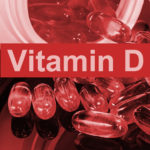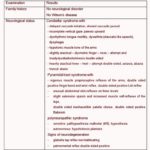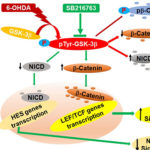Tag Archives: disease
Celiac disease and liver disorders
Vitamin D deficiency is a sign of poor health in chronic obstructive pulmonary disease
Repetitive DNA in the ABCA7 gene influences Alzheimer’s disease
Crossing borders to accelerate diagnosis of neurodegenerative diseases
Parkinson disease: a tale of three neurotransmitters
Uncertain pathogenicity of mutations in Wilson gene
Chronic pancreatitis: an inflammatory disease of pancreas
TussisWatch: a smartphone system to identify cough episodes as early symptoms of chronic diseases
GSK-3 beta: a therapeutic target for Parkinson’s disease
Can EBI2 receptor protect brain cells (oligodendrocytes) from dying during disease?
Kidney function decline in polycystic kidney disease – it’s not always off the cliff
Prognostic factors for PM/DM-ILD. A dilemma of treatment intensity?
Statins: Good for the heart, but do they impact the brain?
Compounded medication for patients with rare diseases
Pharmaceutical compounding is the preparation of unlicensed medicines in order to meet specific patient needs that do not have a licensed (commercial) medicine available on the market. Especially for patients with rare diseases it is complementary when
























